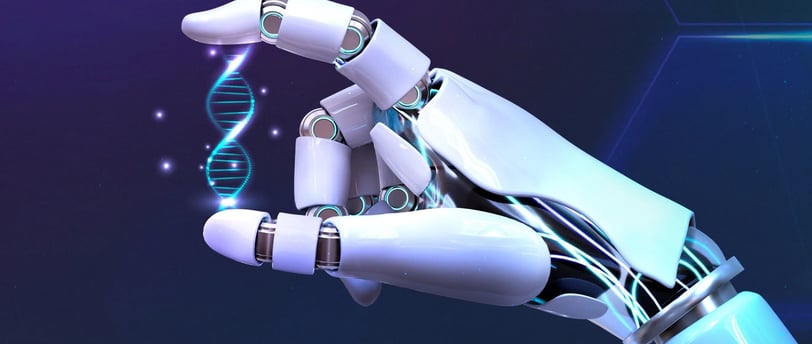The Fascinating World of Nanorobotics: Revolutionizing Science and Technology
In the ever-evolving world of technology, one of the most exciting and groundbreaking fields is nanorobotics. This field combines robotics with nanotechnology to create robots that work at the incredibly small, nanometer scale. These tiny machines are not only capable of performing tasks at the molecular level, but they also open up possibilities for advancements in medicine, manufacturing, and environmental sciences. In this blog post, we’ll explore what nanorobotics is, how it works, and its potential impact on various industries.
INNOVATIONS


What is Nanorobotics?
Nanorobotics is the science of building robots at the nanoscale, which refers to the range of sizes measured in nanometers—billionths of a meter. These robots can be either very small machines designed to interact with individual molecules or larger robots capable of manipulating objects with extreme precision at the molecular level. The versatility of nanorobots allows for a wide range of applications, from advanced medical treatments to improved manufacturing techniques.
How Do Nanorobots Work?
Nanorobots work by utilizing principles from nanotechnology to perform precise actions at an incredibly small scale. Often, they rely on molecular motors or biological molecules that can move or rotate in response to external factors like light, heat, or electrical fields. This allows them to carry out specific tasks with a level of accuracy and control that was once unimaginable. However, creating and controlling these robots presents challenges, including ensuring that they can function effectively without disturbing their delicate surroundings.
Potential Applications of Nanorobotics
The possibilities for nanorobotics are vast and could impact numerous industries:
Medicine: Nanorobots could be used for highly targeted drug delivery, precise surgeries, and even disease diagnosis at the molecular level, potentially revolutionizing healthcare.
Manufacturing: These robots could help create stronger, lighter materials or perform repairs on machinery at a microscopic level, enhancing efficiency in manufacturing.
Environmental Cleanup: Nanorobots might be able to target and remove pollutants from water, soil, and air, offering a more efficient way to clean up environmental contaminants.
Electronics and Computing: The development of smaller, more efficient devices, and advances in technologies like quantum computing could also benefit from the use of nanorobots.
Challenges and Future Outlook
While nanorobotics offers tremendous potential, there are still challenges to overcome, including how to power these tiny machines and ensure they can be controlled with precision. Additionally, safety concerns must be addressed, particularly in applications involving living organisms or the environment. Despite these obstacles, the future of nanorobotics looks promising, with ongoing research paving the way for breakthroughs that could transform many industries.
Conclusion
Nanorobotics is a rapidly developing field with the potential to reshape industries ranging from healthcare to environmental protection. Though there are still hurdles to overcome, the continued advancements in this field could lead to innovations that were once thought impossible. As technology progresses, the impact of nanorobots will likely be felt in countless areas, ushering in a new era of precision, efficiency, and possibility.
